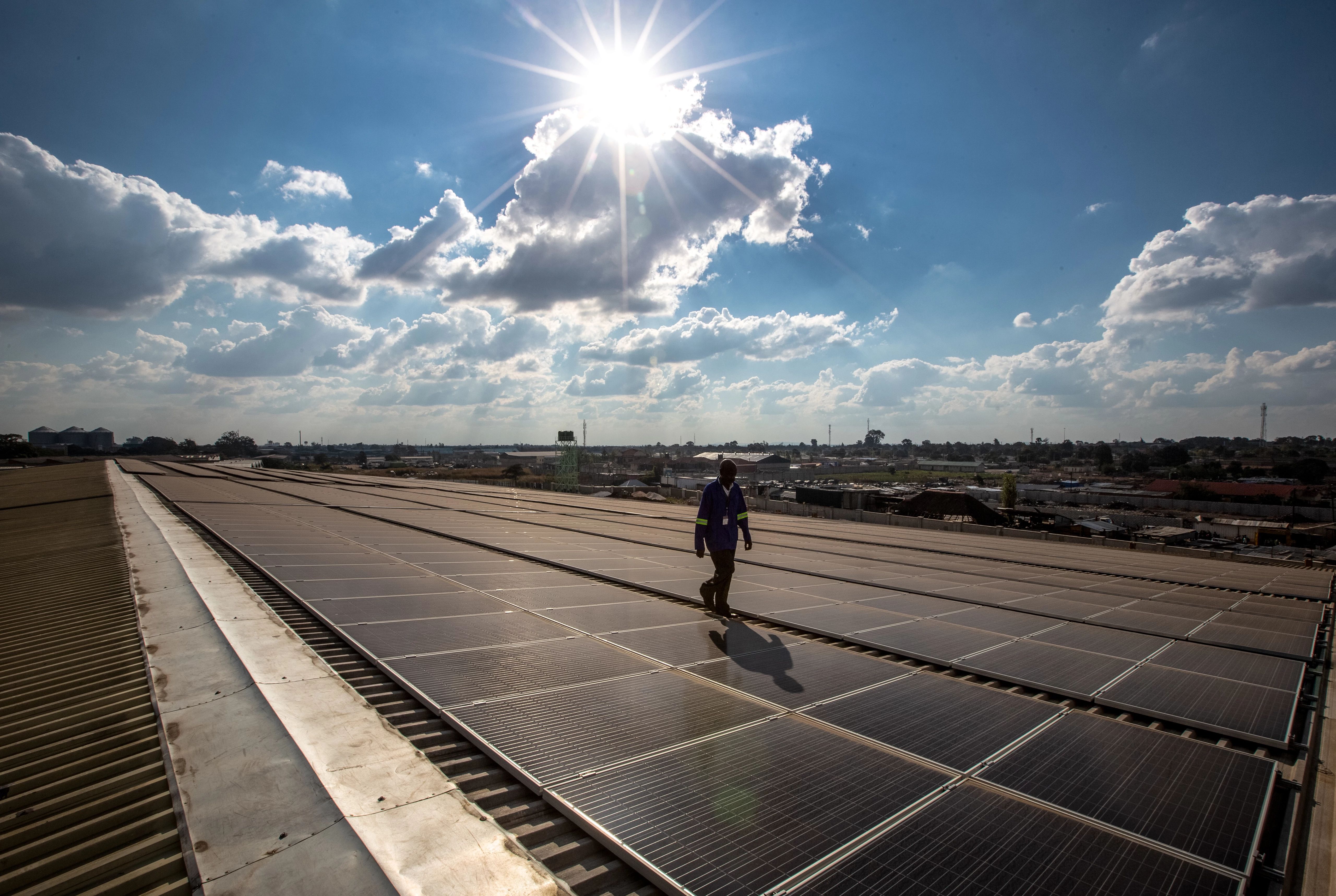Our flagship initiatives
Solar for Health
Our objectives
The key objectives of Solar for Health are to promote:
-
Quality health services: Quality healthcare requires a dependable source of power for multiple purposes, including temperature and hygrometry controls, adequate lighting systems, refrigeration, cold rooms and ICT networks for efficient stock and management of information.
-
Climate-resilient health systems: Distributed renewable energy is a means by which health systems can increase resilience to the challenges presented by climate change, including extreme weather events, droughts, and other events affecting the traditional power supply. The WHO Operational Framework for building climate-resilient health systems highlights the need to take a broader perspective to the challenge of climate change, including a focus on renewable energy in health facilities and using innovative technologies.
-
Reduced greenhouse gas emissions: Energy access plays a vital role in enabling health care, but it can also have averse environmental impact unless it includes an explicit focus on progressively shifting to renewable energy and substituting fossil-based sources. The decommissioning of highly polluting and noisy diesel generators considerably improves the local environment around health facilities.
-
Cheaper energy: Solar energy results in lower power bills for health facilities. These vital budget savings can then be reinvested to support other priority health programmes or infrastructure. Solar power also generates a rapid return on investment. We estimate a 100% return on investment within 2-3.5 years, on average, when health facilities with unreliable energy sources are installed with solar power.

 Locations
Locations


